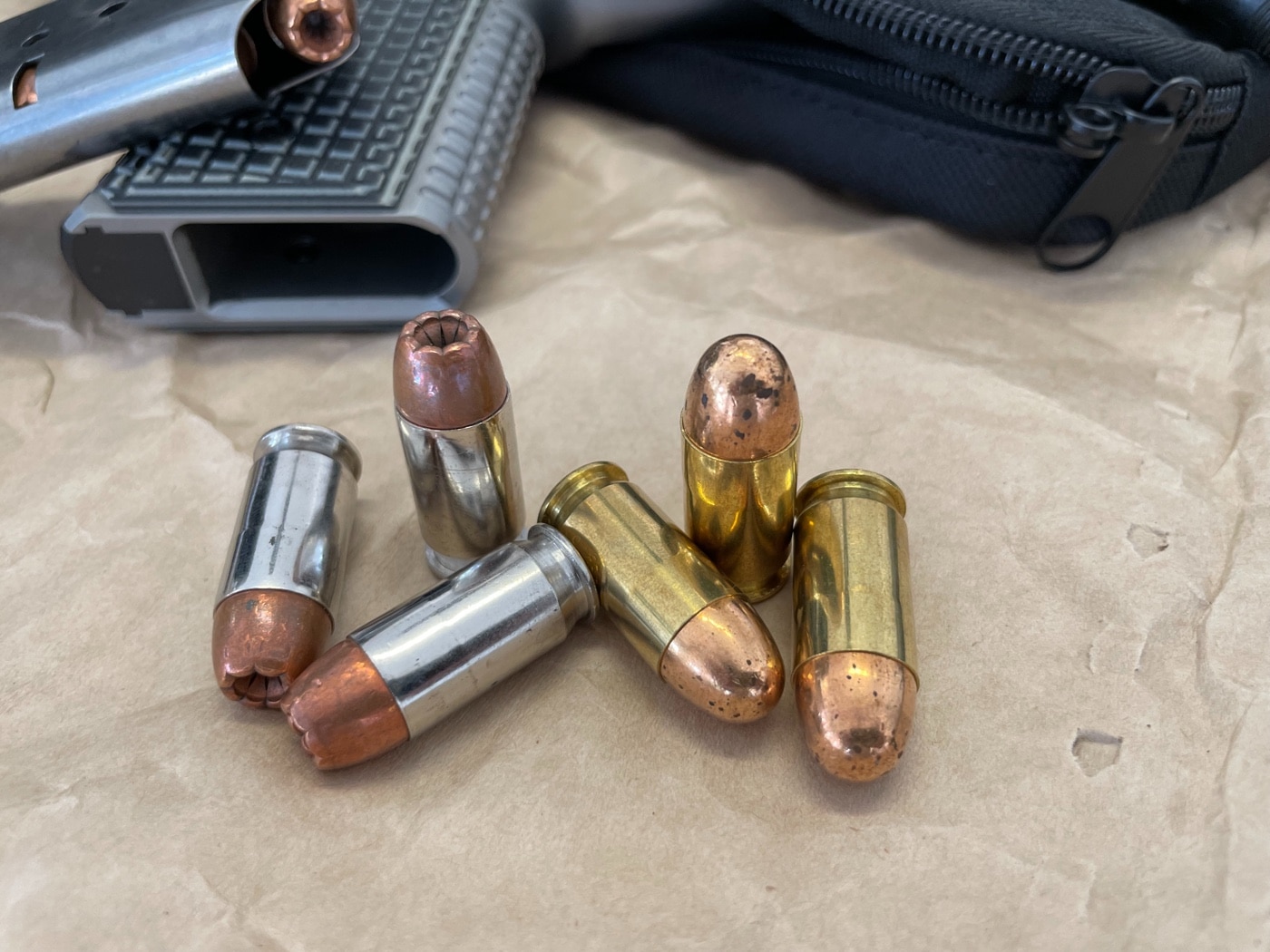Excitement About Ammunition Pro Llc
Table of ContentsThe Definitive Guide to Ammunition Pro LlcAmmunition Pro Llc Can Be Fun For EveryoneThe Greatest Guide To Ammunition Pro LlcNot known Details About Ammunition Pro Llc Some Ideas on Ammunition Pro Llc You Should Know
The fundamental parts of ammunition are the same for rifle, handgun, and shotgun ammo. Today we're looking at the what the standard parts of ammo are and exactly how they function together to fire a round.The bullet is seated in the open end of the instance. When you fire a bullet out of a semi-auto weapon, the gun's extractor raises the situation from the shooting chamber and it flies out of the gun.
A gun's firing pin strikes a cartridge's primer. The guide is located in the rim of the instance of a rimfire cartridge.
All About Ammunition Pro Llc
Gunpowder following to the situation that generally includes it. It is generally a blend of saltpeter, charcoal, and sulfur.

We call the projectiles for shotshells, which we discharge via shotguns, slugs and shot. A slug is one solid piece, usually constructed out of lead. Shot is a team of pellets constructed out of lead, steel, bismuth, or tungsten alloy. Shot pellets can can be found in different dimensions and quantities. Since you have a standard understanding of the basic components of ammunition, you can feel a bit extra positive in just how your weapon and ammunition feature!.
Ammunition Pro Llc Can Be Fun For Everyone
Keep up with Special Deals, Development Notice of Sales, and Store Occasions
Fun truth: Grains are used to define the mass of a bullet due to the fact that right back in the early days of firearms, it was an apothecary's device of measurement, and a common denominator was required to figure out exactly how much lead to use to make actors lead bullets (Shooting Supplies). 'Grains' as a system of step for weight goes all the way back to ancient times, and represents the weight of a grain of wheat

(https://www.facer.io/u/ammunitiondde)For recommendation, the weight of a paper clip is around 16 gr. So, we understand that grains are a procedure of mass, and extra = larger, and heavy is great, appropriate? Yes, hefty is good, however mass of the projectile isn't the only thing you need to take into consideration when choosing a round for your weapon.
The Best Strategy To Use For Ammunition Pro Llc
Enjoyable reality, this is the beginning of the term "Rifle" ex. The result this spin has on projectiles is a maintaining one the bullet rotating keeps the nose directed right, in the same way that a flawlessly spiraled football throw is going to be a lot more secure and exact in trip than an awful duck, end over end toss.
How does this relate to grain weight? Imagine you're on one of those playground carousels, the ones with bars you hold on to while it spins.
The exact same effect happens with bullets. The larger the projectile, the more effect a faster rotate will have on it.
7 Simple Techniques For Ammunition Pro Llc
There's an additional variable that we have to consider when choosing a grain weight for our ammo. As hinted at above, bullet rate, or the rate of the projectile, is a significant variable when determining the very best grain weight projectile to make use of. Rate is affected by a few major elements, including the type and amount of propellant (gunpowder), barrel size, and bullet weight.
The most common grain weight rounds for 9x19mm cartridges are 115gr and 124gr. These are typically lead core, fully jacketed (FMJ) rounds. Both of these grain weight cartridges will certainly carry out well in manufacturing facility 9mm hand guns, to normal gun ranges (approximately 50 lawns). 115 grain rounds are one of the most common (and consequently least pricey).